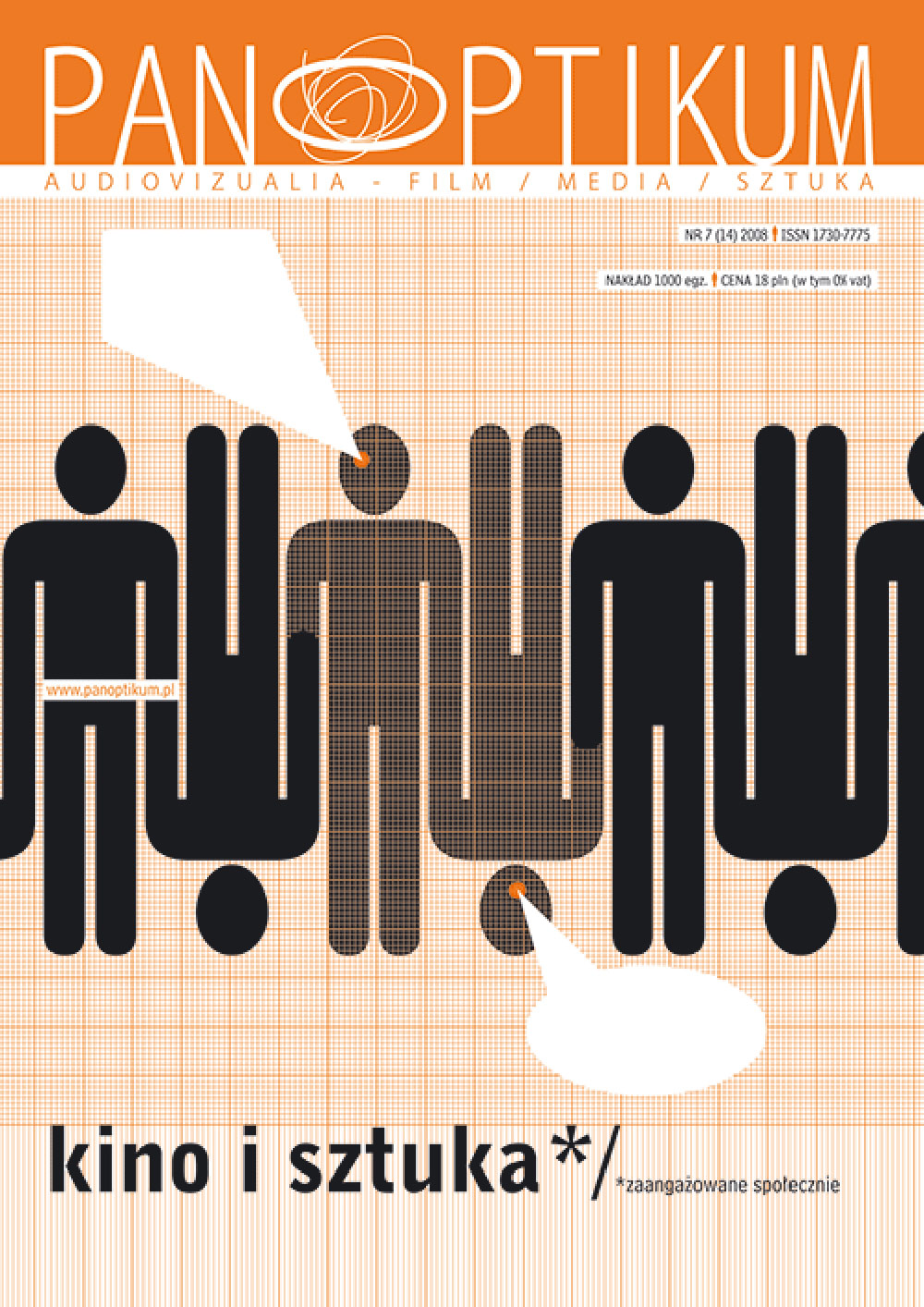Filmowy ślad środkowoeuropejskiej tożsamości. Uwagi o filmie Niepochowany Márthy Mészáros
Film on Central European identity. Comments about Martha Mészáros movie Niepochowany
Author(s): Anna Miller-KlejsaSubject(s): Theatre, Dance, Performing Arts
Published by: Wydawnictwo Uniwersytetu Gdańskiego
Summary/Abstract: In her essay the author examines A Temetetlen halott by Márta Mészàros – a Hungarian director and screenwriter usually associated with feminist cinema. Due to the use of the quasidocumentary narrative strategy, A Temetetlen halott seems to fit the contemporary paradigm of telling (about) history. Produced in 2004, the film is a reconstruction of the last two years in the life of Imre Nagy, the legendary prime minister of the revolutionary Hungarian government in 1956, thus creating a perfect opportunity for the investigation of the so called Central European identity. A Temetetlen halott – a Polish-Slovak-Hungarian co-production – points to the close historical bonds between Poland and Hungary; the protest in Budapest was after all a sign of support for the changes taking place in Poland at that time (therefore one has to keep in mind that the revolt in Poznan in 1956 creates the historical context for these events). Built upon biographical experiences of real witnesses of the 1956 October revolution, the film shows the urgent need for an effort to keep the past alive, as it forms the basis of the collective identity.
Journal: Panoptikum
- Issue Year: 2008
- Issue No: 07 (14)
- Page Range: 331-334
- Page Count: 4
- Language: Polish

